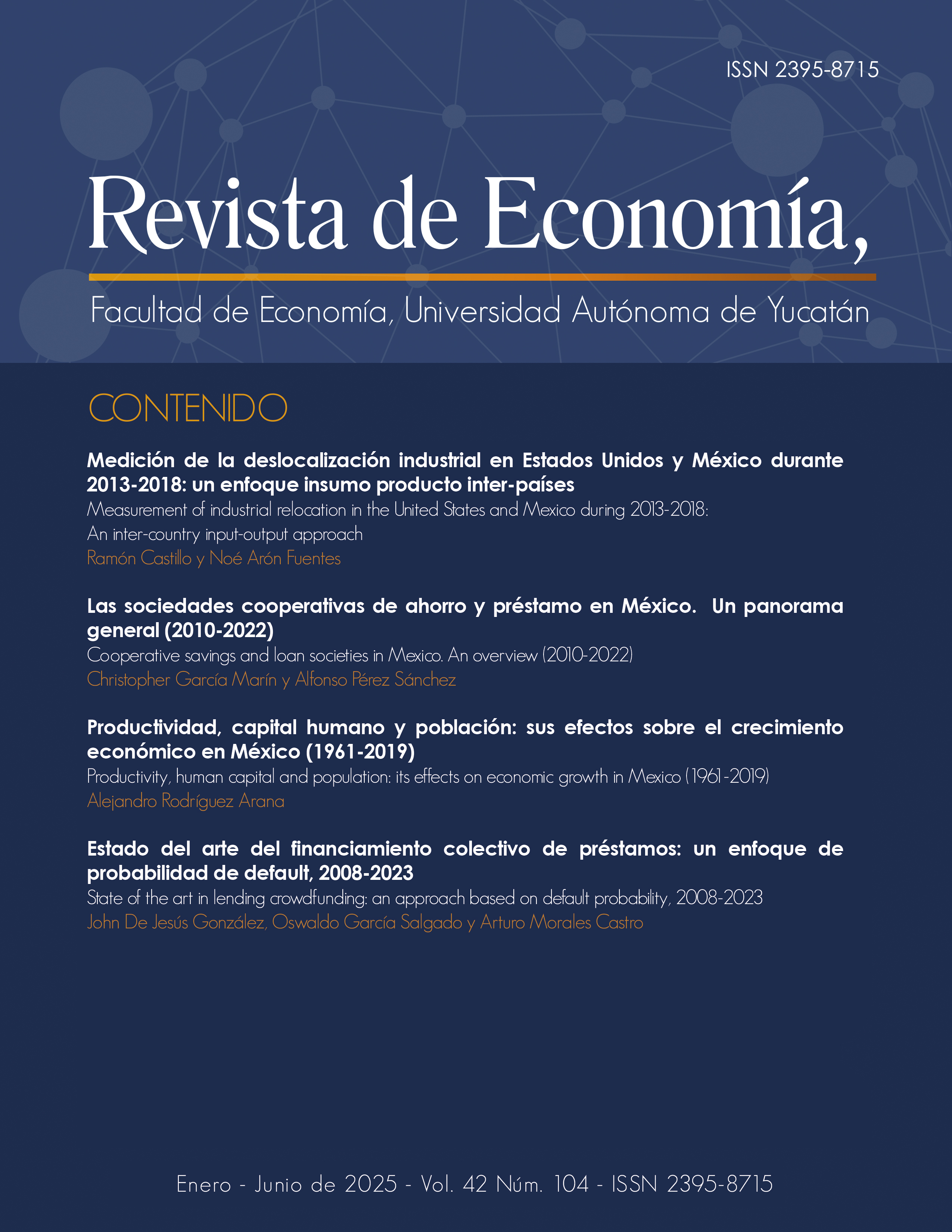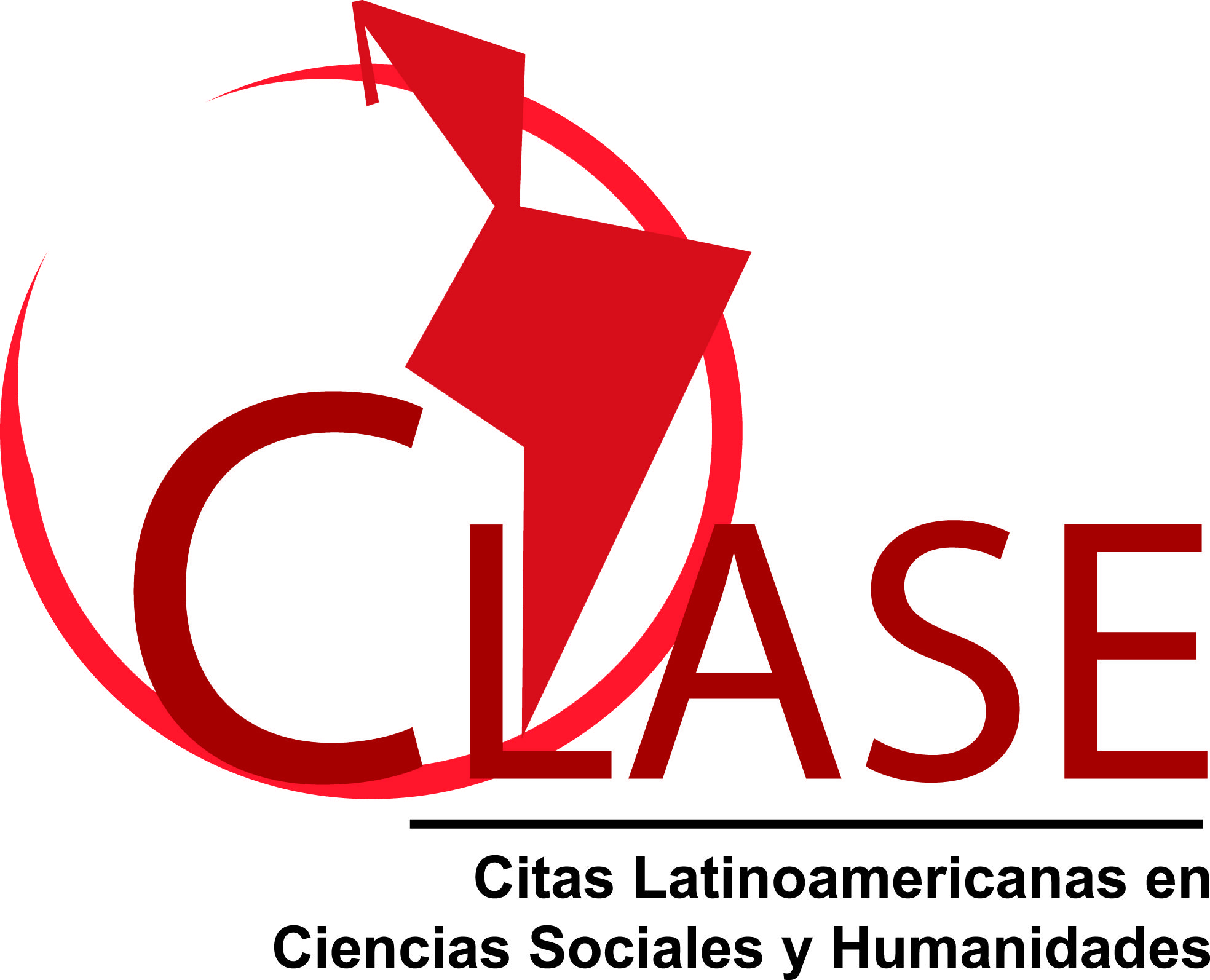Productivity, human capital and population: its effects on economic growth in Mexico (1961-2019)
Abstract
This work estimates an annual production function for Mexico similar to that proposed by the Penn World Table (PWT) 10.0 (Feenstra, Inklar and Timmer, 2015). To do this, it uses data from the same database indicated. Since total factor productivity (TFP) is unobservable, it is assumed that it follows a first-order autoregressive process.
The described estimation is carried out by the generalized method of moments (MGM). One of the main results of the estimation is that there are joint diminishing returns to capital and labor, so that the PFT calculated in this exercise has a smoother behavior than that arising from PWT 10.0. This is because the estimation in this article does not impose the assumptions of perfect competition and constant returns at the factor scale, which are imposed by PWT 10.0 (Feenstra et al., 2015).
The results of the article are used in an economic growth model. With them it is possible to obtain the long-term effects that the growth of TFP, human capital and employment have in Mexico on the growth of GDP per hour employed and the growth of product per capita.
Copyright (c) 2024 Journal of Economics, Faculty of Economics, Autonomous University of Yucatan

This work is licensed under a Creative Commons Attribution-NonCommercial-ShareAlike 4.0 International License.
D.R. © Revista de Economía
The conditions that are required when granting the attribution license called CC -BY-NC-SA are the following:
1. The Universidad Autónoma de Yucatán must be clearly identified as the owner of the copyright of the original publication.
2. The material may not be used for commercial purposes.
3. Any derivative work must be published and distributed under the same open access license as the original publication.











